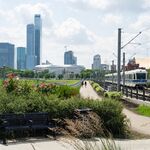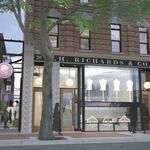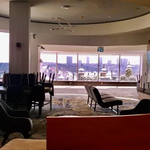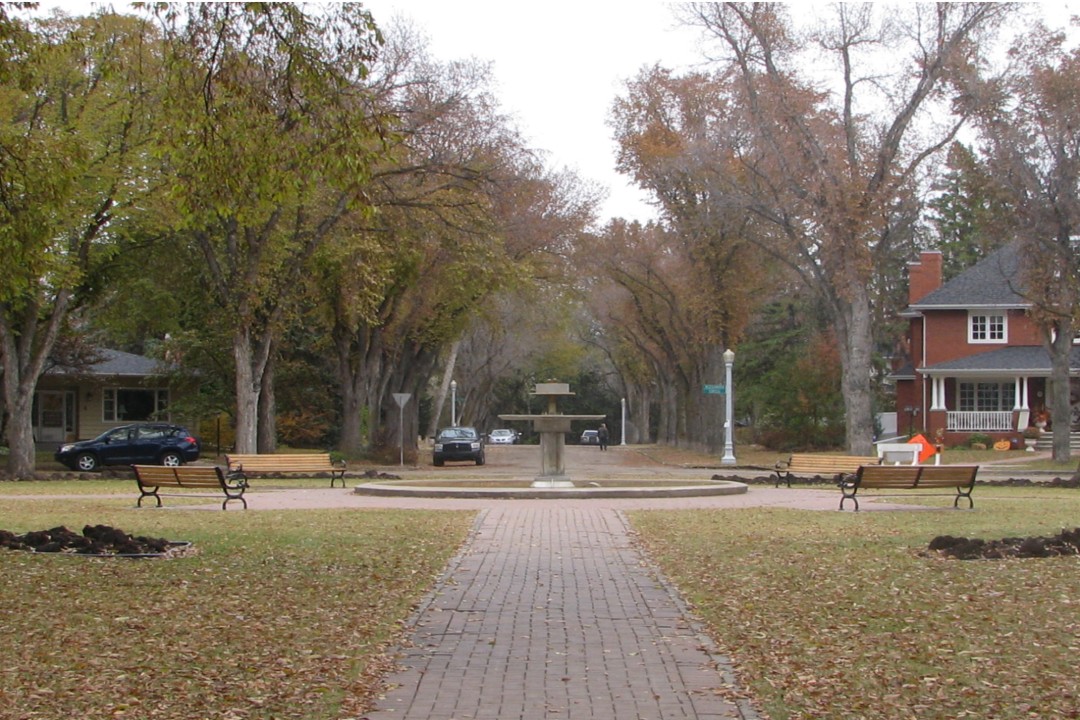We definitely do
NOT know that. If their lots are better located, larger or their owners are more willing to sell, they will be bought and torn down, unless they have some sort of protection (historical resource designation or whatever).
I'd be willing to bet money I don't have that people felt exactly like this regarding a lot of the stuff that got torn down in our DT, for example.
As much as I am in favor of infill development, I agree with
@IanO and
@YegMark. Some neighborhoods have a very distinct character, and a historical/architectural aspect to them that will be entirely lost if we start tearing houses down to build apartments builds and skinny houses. We can increase density gently in places like Glenora or the Highlands by allowing garage/garden suites, basement suites, etc... This sounds like a very reasonable compromise to me, so that we can preserve history.
The "progress for progress" mentality is what doomed our Downtown, and I think it's a terrible mindset to think a city in the long term.







